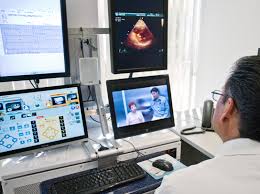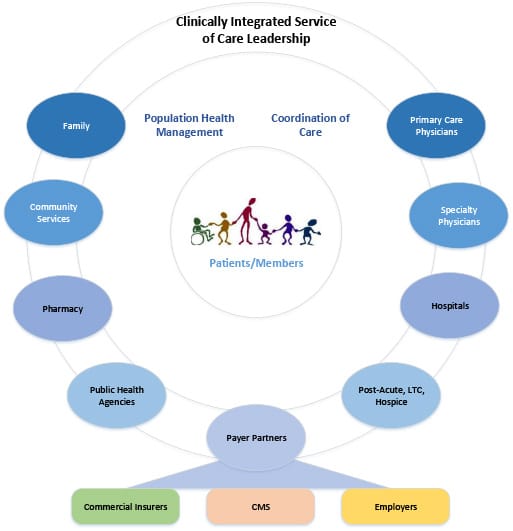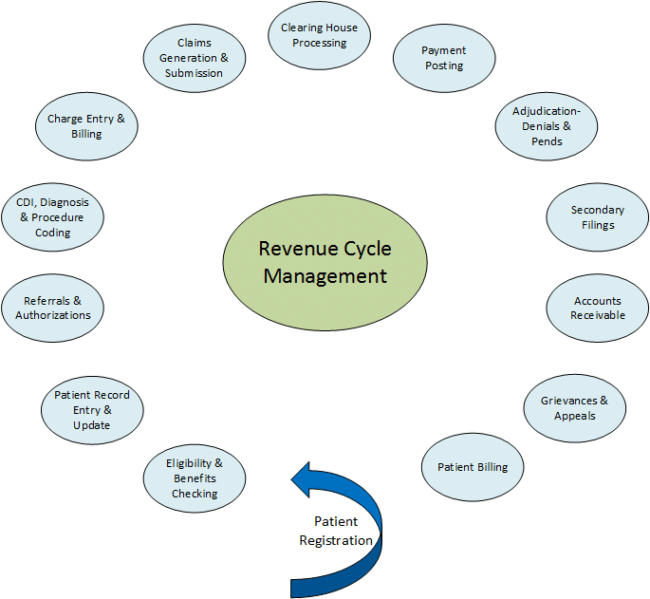I experienced a little déjà vu yesterday as I listened to the dialogue at the Leadership Healthcare Telehealth event. After 20+ years, the benefits of telemedicine continue to prove worthy and the barriers remain the same as when I was the Program Director for the Texas Telemedicine Project, which established access to healthcare for a rural area near Austin, TX, via interactive video, as part of a cost-feasibility research study. The project connected three physician sites in Austin with a chronic outpatient dialysis facility, an inpatient psychiatric hospital, and the emergency department at Giddings Hospital in Giddings, TX, via a shared switchable long-distance network. Yesterday, I learned of several case examples from Dr. DePhillips and Dr. Rye of beneficial outcomes of use for primary care visits and psychiatric evaluation across distance. In the Texas Telemedicine Project, we proved that the virtual system of care paid for itself after 2.6 visits per week. In current day terms, Teladoc quoted a $1,100 savings per employee for a large employer client compared to traditional methods with their e-visits. Over the years, I have listened to healthcare leaders struggle with how to effectively apply telemedicine and believe Larry Van Horn described it well: consider telemedicine as a valuable adjective in the care delivery proposition.
While the inception of telemedicine dates back to the 1950’s with psychiatry use cases, telemedicine and telehealth use and growth have accelerated in the past 3-5 years. The reason? The convergence of many factors such as increased reimbursement in 21 states, more data on proven use cases, and the need to increase access to remote areas are definitely some factors. One of the most notable is the change in the demand side and the unbundling of the premium healthcare dollar, driving innovation at a fast pace and enabling more consumer choice. For example, with my HSA and high-deductible health plan, I can choose a $50 e-visit when my primary care physician is busy and I need a quick consult for a sinus infection. In this situation, ease of contact and speed to resolution is of higher value to me than an established primary care relationship.
So what is telemedicine exactly?
Formally defined, telemedicine is the use of medical information exchanged from one site to another via electronic communications to improve a patient’s clinical health status. The American Telemedicine Association (ATA) has historically considered telemedicine and telehealth to be interchangeable terms, encompassing a wide definition of remote healthcare. Patient consultations via video conferencing, transmission of still images, e-health including patient portals, remote monitoring of vital signs, continuing medical education, consumer-focused wireless applications, and nursing call centers, among other applications, are all considered part of telemedicine and telehealth.
Sounds like a valuable adjective in the care delivery proposition, what barriers continue to hinder faster adoption of telemedicine?
As I listened to Dr. Rye describe the telemedicine program that provides just-in-time consults to Army personnel spread across the world, I felt like I was reliving my experience more than 20 years ago. The main barrier to widespread adoption is still the people side of the equation: physician and clinician adoption. Even in a single payer system with a captive audience of physicians, it takes an average of three weeks for a physician to successfully embrace telemedicine. In our research project, we found that the sixty-five mile distance between Austin and Giddings put pressure on physicians to make the drive, especially in the spring with the bluebonnets blanketing the highways. Physicians have been trained to examine a patient in-person and, while an otoscope might be used, transitioning from what the physician knows and has been trained to do to something different takes a thoughtful and purposeful transition effort. I am delighted to see the University of Texas at Austin’s new Medical School make strides towards rethinking care and education from the ground up and driving the shift in adoption from the foundational education level.
If you are interested in learning more about telemedicine, visit the American Telemedicine Association website.




